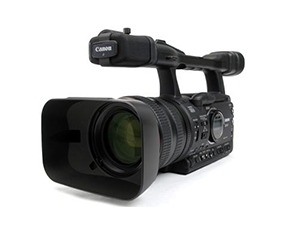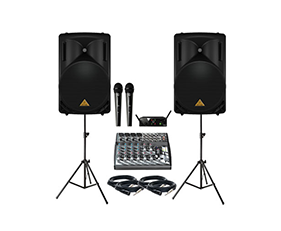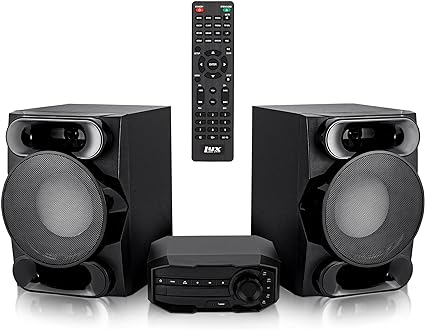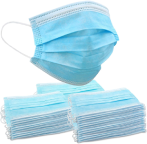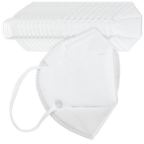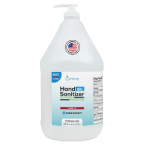Printing Quality Digital Prints
By John Turi
View a Flash Demonstration of this article
(Broadband recommended. May take up to 20 seconds to load)
In the first article we discussed digital images for email and web viewing. Focusing on the differences between screen (72ppi) and print (300dpi). The later is what we will accomplish in this tutorial; printing a digital image using an inkjet printer and achieving a quality print.
What you see on screen does not always (hardly ever) look like the image you just printed. Sometimes the size is off, the image is blurry or the colors do not match. Whatever the problem, we will fix it, learn from it and then know how to print a quality photo.
Once again we will be using Adobe Photoshop.
Using our original image from the Sony Cyber-Shot DSC-S40

Original Size: 2034x1728
First we will resize the image for print use.
The largest image we can achieve from this 4MP is 2304x1728= 3981312 or 3.9MP; rounded up equals 4MP. We want to print this image to be the best quality we can attain which is 7x5 print. How did we find this prints value*? I'll tell you in a few more steps.
Click on Image/Image Size
 |
 |
|---|
We once again see the specifications for our image. This time instead of working with PPI (Pixels per Inch), which is screen dimensions, we will be dealing with DPI (Dots per Inch) printing dimensions.
Our document size (if we wanted to fit this image on a piece of paper) is 32”x24”, imagine a movie poster. This image is too large to print, most printers only hold 8.5”x11” paper.
We are going to resize the image for a quality print of 7x5.
Here is the trick*. Click off Scale Styles, Constrain Proportions and Resample Image. The only area highlighted now is Document Size (example 1). We want a quality print for close up viewing, so an image of 300dpi is our target. A solid rule is you can always size down, but you cannot size up an image, that would result in expanding the pixels causing pixilation (a blurred, blownout image).
 Example 1 |
 Example 2 |
|---|
Change the Resolution in the Document Size from 72dpi to 300dpi and look what happens (example 2). The dimensions change to the maximum size that this image can be printed at 300dpi; which is 7.68”x 5.76”. But that is not 7"x5"? We can resample the image down again and still retain the quality. Once again click on Image Size and this time click on Resample Image and change the 7.68" to 7" and also change 5.76" to 5" and click OK. The image has been properly resized to a quality 300DPI image at 7"x5".
We are not concerned with the white balance levels or artifacts contained within the image. This will be handled in future articles as we learn more advanced techniques on image color correction and removing dust and scratches.
The image is now ready for it’s 300dpi premiere.
Let’s first bring your printer up to standards as far as color management. Most high-end printers come with their own set of ICC profiles.The International Colour Consortium is a group that sets the standard guidelines for colour management in the imaging world. Most monitors, printers and scanners (as well as digital cameras), usually come with a driver disc for Windows and Mac systems that includes ICC profiles for that particular device. Colour profiles simply let one piece of hardware or software know how another device or image has created its colours and how they should be interpreted or reproduced. Photoshop can load these specs into its’ preferences and will always use them as a default when printing. If you do not have an ICC profile for your printer (low-end printers usually do not have profiles) we will use the closest representation.
Click on Edit/Color Settings
When color settings are set properly from the beginning, they can improve color consistency between scanner and monitors, between different monitors, and between monitors and printers.

Click on North America General Purpose Defaults. Also click on RGB to Convert to Working RGB and click off all the ‘Ask When’. What this will do is make all of the images that you open in Photoshop convert to this standard. It is a broad standard, but it is close enough to achieve a quality digital print from today’s low-mid range Inkjet printers.
Next we need to convert the image from RGB to CMYK. Why? Well this is the biggest difference between screen view and print view. On screen Red, Green, and Blue are the "additive colors " merge red, green and blue and you get white. Cyan, Magenta and Yellow are "subtractive colors" - if you print cyan, magenta and yellow inks on top of one another, they absorb all the light shown. Human eyes receive no reflected light from paper, so we see black. So the difference between RGB and CMYK is as different as black and white.

Click on Image/Mode then choose CMYK and watch as your image changes slightly its’ color balance. Some images might not see much of a Gamut (complete subset of colors) shift others might see a huge difference; a more darker in tone image. I am predicitng that only slight colors have shifted on your own image.
Printing Quality
Printing depends on the inks used and the paper that ink is printed on. For quality use Premium Photo Paper. This will hold the ink well and will give you the closest resemblance to a developed print.
Click on File/Print with Preview

You see how the 7x5 image fits dead center on the 8.5x11 paper. If everything looks correct click OK. The Print box appears and from here you can click on Properties and choose the Premium Photo Printer setting. Click OK and the image should start printing and in a few minutes you should have an image that looks very close to the quality that is on screen. Save your image for future use and you are all done.





























